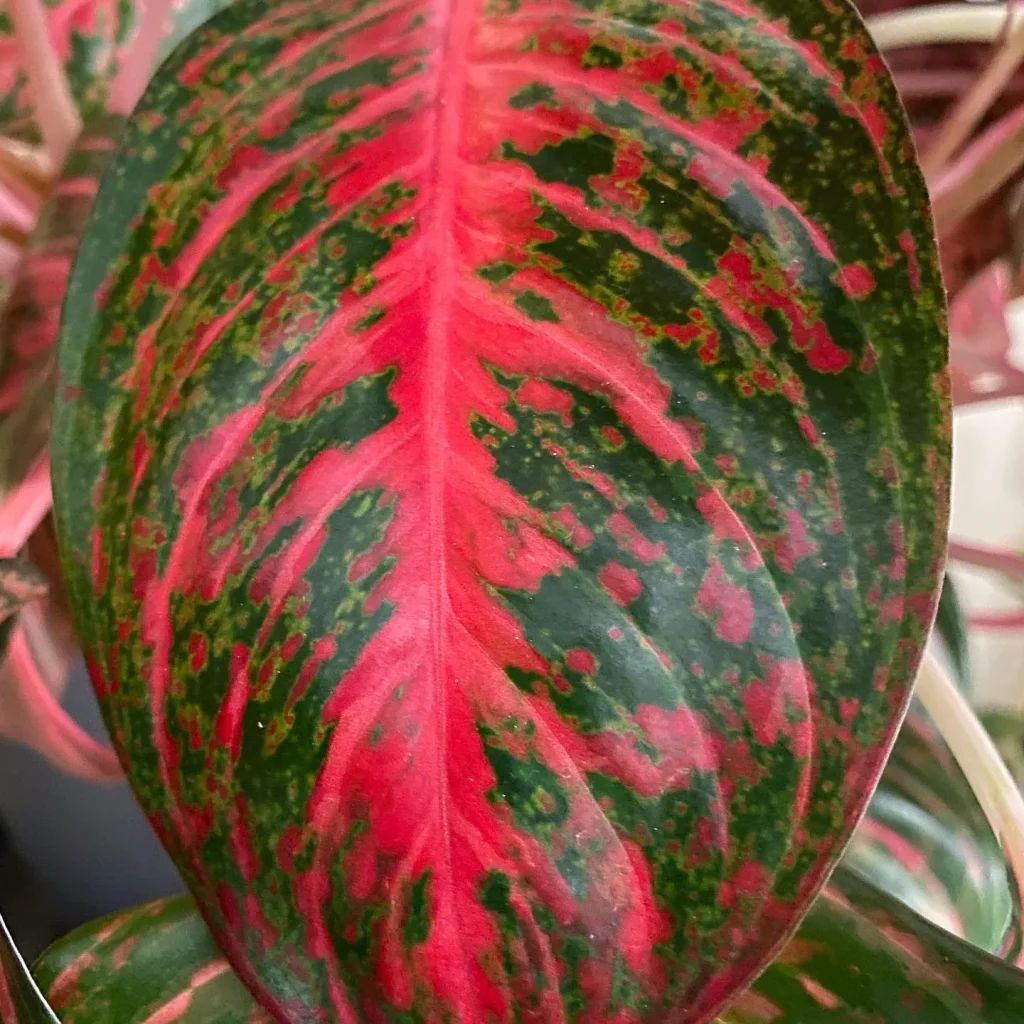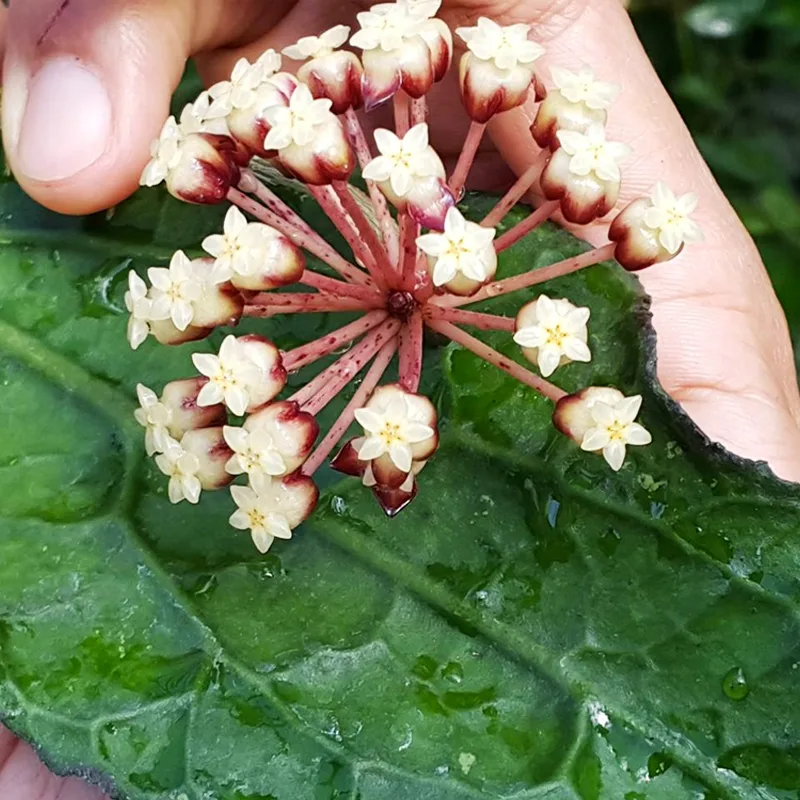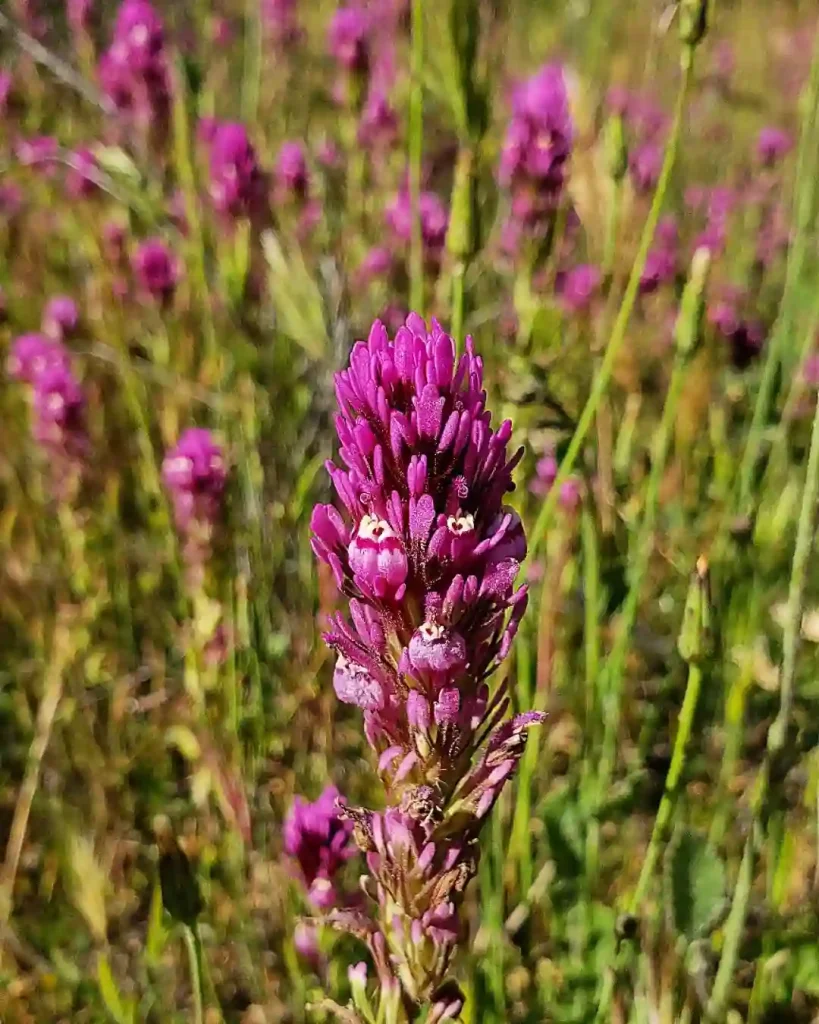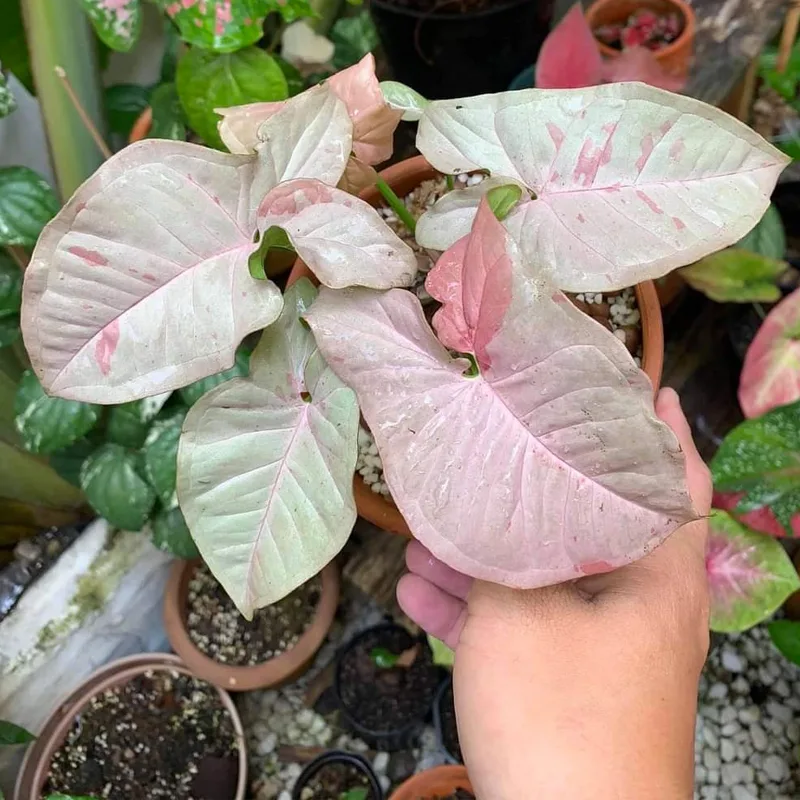What is Cotoneaster Lucidus?
Cotoneaster Lucidus, also known as the glossy cotoneaster, is a deciduous shrub that can grow up to 6 feet tall and wide. It features dense, glossy green leaves that turn a beautiful reddish hue in the fall. The shrub produces small white flowers in spring, followed by bright red berries that attract birds in the winter. This plant is often used in landscaping as a hedge or ground cover.
How does Cotoneaster Lucidus do in Denver, Colorado?
Living in Denver, I’ve found that Cotoneaster Lucidus thrives in our climate. The plant is quite adaptable and can withstand various soil conditions, which is a bonus for those of us dealing with Denver’s clay soil. It enjoys full sun but can tolerate partial shade. The key is ensuring it receives adequate water during the hot summer months, especially while establishing. Overall, I’ve seen it flourish even in the face of Colorado’s unpredictable weather.
How to Care for Cotoneaster Lucidus?
Caring for Cotoneaster Lucidus is relatively straightforward. Here are a few essential tips based on my experience:
- Watering: After planting, I water regularly until the plant is established. Once established, it’s fairly drought-tolerant. However, during dry spells, I make sure to give it a drink.
- Soil: Well-drained soil is a must. If your soil retains too much moisture, consider adding sand or organic matter to improve drainage.
- Pruning: I usually prune my Cotoneaster Lucidus in late winter or early spring to encourage bushier growth and remove any dead or damaged branches. This helps maintain its shape and health.
- Fertilizing: While it doesn’t require heavy feeding, I apply a balanced fertilizer in early spring to give it a nutrient boost.
How to Propagate Cotoneaster Lucidus?
Propagating Cotoneaster Lucidus is another rewarding endeavor. I’ve found two main methods: cuttings and seeds. For cuttings, I take healthy stems in late spring, dip them in rooting hormone, and plant them in a pot filled with a mix of soil and sand. Keep them moist until roots develop. Alternatively, if you prefer seeds, collect them after the berries ripen and plant them in a seed-starting mix. Just be patient, as germination can take a while!
What to Plant with Cotoneaster Lucidus?
When considering companion plants, I often choose those that complement the glossy foliage and berries of Cotoneaster Lucidus. Some great options include:
- Rudbeckia: Their bright yellow flowers create a stunning contrast.
- Sedum: These drought-tolerant plants harmonize well with Cotoneaster’s low-maintenance nature.
- Perennials: Plants like daylilies or coneflowers work well to provide additional color throughout the growing season.
Can You Grow Cotoneaster Lucidus Indoors?
While I love Cotoneaster Lucidus outdoors, growing it indoors can be challenging due to its size and light requirements. If you have a spacious, bright area, you might successfully keep a smaller version indoors. However, be prepared for the need for regular pruning to keep it manageable.
Is Cotoneaster Lucidus Toxic?
One question I often hear is about the toxicity of Cotoneaster Lucidus. I’ve learned that this plant is generally considered non-toxic to humans and pets. However, as with many plants, it’s wise to avoid ingestion in large quantities, especially for pets.
What Are the Benefits of Cotoneaster Lucidus?
The benefits of Cotoneaster Lucidus extend beyond its aesthetic appeal. It acts as an excellent soil stabilizer, preventing erosion, which I find particularly useful in hilly areas. The berries provide food for birds during winter, making it a great addition to a wildlife-friendly garden.
Common Problems with Cotoneaster Lucidus
While I’ve enjoyed growing Cotoneaster Lucidus, it’s not without its challenges. The most common problems include:
- Pests: Aphids and spider mites can occasionally invade, so I keep an eye out for signs of distress.
- Fungal Diseases: Overwatering can lead to root rot or fungal issues, so proper drainage is essential.
How Does Cotoneaster Lucidus Compare to Other Similar Plants?
If you’re considering Cotoneaster Lucidus, you might also look at similar shrubs like Juniper or Boxwood. While Juniper is more drought-tolerant, it lacks the vibrant berries that Cotoneaster offers. Boxwood, on the other hand, can require more maintenance in terms of shaping and disease management.
In conclusion, Cotoneaster Lucidus is a fantastic addition to any garden, particularly in regions like Denver, Colorado. With proper care, it can thrive, providing beauty and benefits throughout the seasons. Whether you’re a novice gardener or a seasoned pro, this shrub can be a wonderful choice for your landscape.



